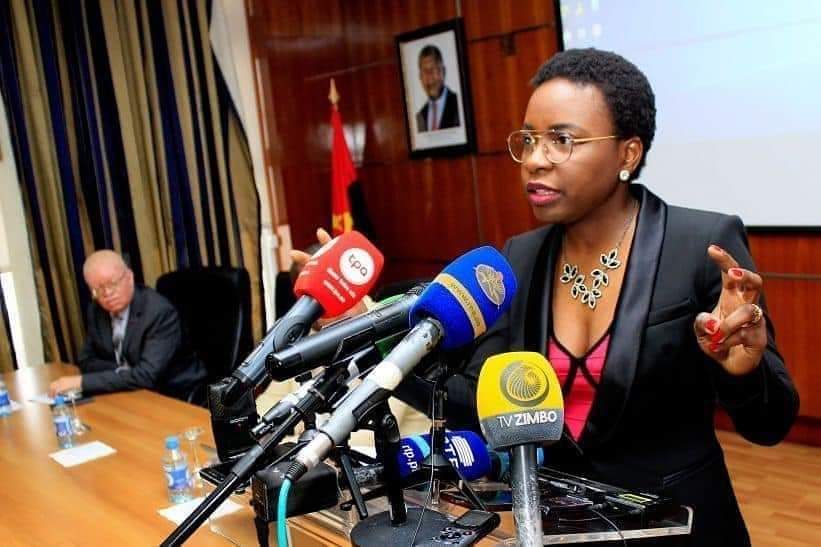Since 2012, Angola’s Oil GDP has grown only twice: in 2012 and 2015. But it is expected to grow again by +1.6% next year on the back of a projected marginal increase of about 2% in oil & gas output.
Source: Angola’s Finance Ministry
2022 Budget Bets on 18,000 bopd Production Growth
In its 2022 Budget Statement, Angola expects some of its existing producing offshore assets to support a marginal production growth of 18,000 barrels of oil per day (bopd) on average. Growth would notably come from BP’s Block 18 (+45.1%), Somoil’s Block 2/05 (+44.5%), Eni’s Block 15/06 (+7.9%), and Chevron’s Block 0 (+2.1%).
Block 18 is expected to see the most incremental production growth thanks to the coming onstream of the Platina subsea tieback project, where drilling started in late 2020. The project targets the development of 44m barrels of oil reserves to add about 20,000 bopd of production to the block’s daily output. The integrated Engineering, Procurement, Construction and Installation (iEPCI™) contract for the project was awarded to TechnipFMC.
On its side, Eni should achieve peak production from the Ndungu and Cuica fields, where first oil was achieved respectively in May 2019 and July 2021. The Italian major is also expected to complete phase 2 of its Agogo subsea tieback project, where first oil was achieved in January 2020.
As a result, Angola is betting on average oil production of 1,147,910 bopd next year, up from a projected average of 1,130,090 in 2021. Natural gas production is also expected to increase by 4.2% to 134,100 barrels of oil equivalent per day (boepd).
Source: ANPG
Meanwhile, oil production will keep decreasing in other key producing assets but at a lesser pace than previous years. On Block 15, ExxonMobil is notably expected to start its drilling campaign next year, while TotalEnergies will also drill in Blocks 17 and 31 and put its Caril Pop-Up project onstream in Block 32. Consequently, production will decrease by “only” -9.6% in Block 15, -1.3% in Block 31, and -0.5 in Block 17, according to Angola’s Finance Ministry.
Additional production on the back of strong oil prices necessarily mean that Angola will make money next year. The country is in fact expecting over 6 trillion kwanzas in oil revenue in 2022. This is about the same as what it will collect this year, but almost double its oil revenue of 2020.
Details on all of Angola’s offshore oil blocks and projects are available in the “Projects” section within your Hawilti+ research terminal.

